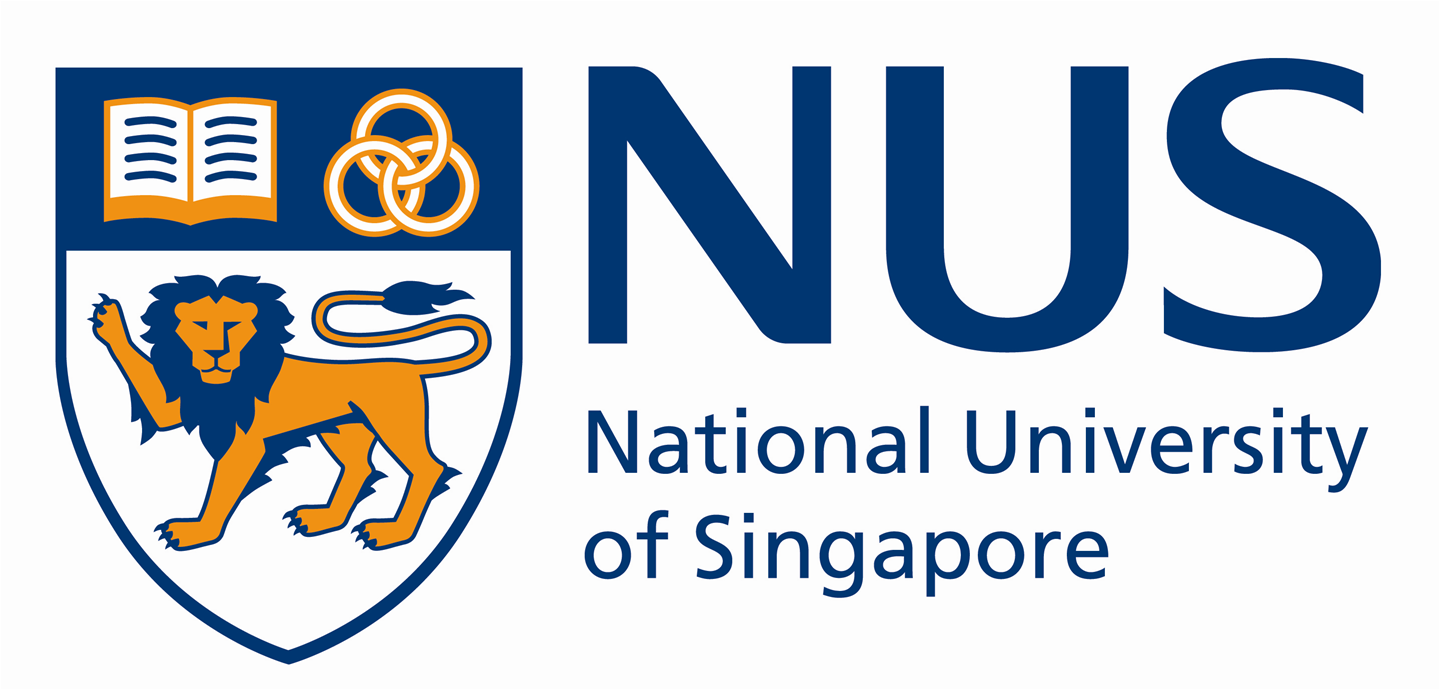Research Interests
1. Discovery of Enzymes for Green and Selective Reactions

By isolation and screening of microorganisms from different soil sources, we discovered several interesting strains for regio- and/or stereo-selective hydrolysis, hydroxylation, epoxidation, and oxidation to prepare useful and valuable fine chemicals. The wild type strains were usually not efficient or selective enough for application. The genome information of wild type strains were used to indentified novel enzymes and partways. And the enzymes were cloned for over-expression in recombinant E. coli or Yeast for efficient production, characterization, and further engineering. Selected examples [Hydroxylation: Adv. Synth. Catal., 2009, 351, 1849-1856; Adv. Synth. Catal., 2009, 351, 2107-2112; Adv. Synth. Catal., 2010, 352, 3380-3390. Hydrolysis: ACS Catal., 2013, 3, 752-759. Epoxidation: Chem. Commum., 2013, 49, 11572-11574. Oxidation: ACS Catal., 2011, 1, 591-596; Adv. Synth. Catal., 2013, 355, 3147-3153.]
2. Engineering of Enzymes for Efficient Biocatalysis

Natural enzymes may not suitable for asymmetric synthesis, because of limitation of selectivity, activity and stability etc. Directed evolution can be applied to improve the undesired properties of enzymes. A prerequisite of directed evolution is the high throughput screening methods. Thus, we developed a enzyme-based and a MS-based high throughput method to determine the enantiomeric excess (ee) of alcohols [Angew. Chem. Int. Ed., 2004, 43, 1698-1702; Angew. Chem. Int. Ed., 2010, 49, 5278-5283]. Then, we applied these methods to engineer P450pyr monooxygenase, a versitile enzyme for many useful types of reaction, such as hydroxylation. In early effort, we inverted and improved the enantioselectivity of the P450pyr monooxygenase for asymmetric biohydroxylation of N-substituted pyrrolidines and piperidines through directed evolution. [Chem. Commum., 2010, 46, 5461-5463; Chem. Commum., 2012, 48, 4618-4620.] In a more recent case, we engineered P450pyr for highly regio- and enantioselective subterminal hydroxylation of alkanes, representing a great example of P450 engineering for C-H bond activation. [Angew. Chem. Int. Ed., 2014, DOI: 10.1002/anie.201311091]
3. Engineering of Biocatalytic Systems for Cascade Reactions

The traditional multiple-step synthesis require intensive effort for intermediate recovery and purification. However, by performing cascade or tandem catalysis, high value chemicals can be directly produced from cheap strating materials in one-pot. Thus we are interested in developing novel and efficient cascade biocatalysis. Several types of biocatalytic cascade were developed: Oxidations of methylene groups to ketones by monooxygenase-catalyzed hydroxylation and alcohol dehydrogenase-catalyzed oxidation [Chem. Commum., 2011, 47, 3284-3286]; 2-Alkylidenecyclopentanones to (R)-lactones by reductase-catalyzed reduction and Baeyer Villiger monooxygenase-catalyzed oxidation [ACS Catal., 2013, 3, 908-911]; and asymmetric trans-dihydroxylation of styrenes and cyclic olefins by epoxidation-hydrolysis cascade, catalyzed by monooxygenase or lipase and epoxide hydrolase, respectively [Chem. Commum., 2009, 45, 1481-1483; Green Chem., 2011, 13, 2452-2458]. More recently, we achieved very efficient cascade biocatalysis by co-expression of styrene monooxygenase and epoxide hydrolase in recombinant E. coli. The asymmetric dihydroxylation uses oxygen and water as reactant and does not involve toxic metals, representing a great example for the green trend in organic synthesis [ACS Catal., 2014, 4, 409-420].
4. Conversion of Biomass to Fuel and Chemicals

Waste grease has been recognized as a potential feedstock to produce biodiesel and other chemicals, because its price is very low and its collection is routine in waste-management of urban area. However, the traditional base-catalyzed transesterification to produce biodiesel is not applicable due to the high fatty acid content in grease. In order to solve this problem, we developed three different types of catalysts for efficient convert grease to biodiesel by both esterification and transesterification. 1) Recyclable magnetic nano-size solid acid catalysts [Green Chem., 2012, 14, 3077-3086; Green Chem., 2014, DOI: 10.1039/C3GC41379A]; 2) Recyclable magnetic nanobiocatalyst aggregates (biocatalyst) [Bioresour. Technol., 2013, 145, 233-239]; 3) Recombinant whole-cell catalysts [Bioresour. Technol., 2012, 114, 725-729; Bioresour. Technol., 2012, 123, 332-337]. In all these cases, biodiesel can be produced in high yields from waste grease.
Another potential bio-feedstock is the oil palm empty fruit bunch (EFB), which is the waste of current palm oil industry, especially in Southeast Asia. Through cooperation with ICES A-star, we developed efficient dilute acid-catalyzed hydrolysis of EFB to xylose and highly efficient fermentation of xylose to L-lactic acid [Chem. Eng. J., 2012, 181, 636-642; Bioresour. Technol., 2013, 132, 38-44; Appl. Microbiol. Biotechnol., 2013, 97, 4831-4838].
5. Engineering of Active and Recyclable Nano-biocatalysts

Materials in nanosize are one of our interests, due to their several distinct properties such as high surface area to volume ratio and high dispersibility in various solvents. If the particles has special magnetic property (good for separation and recycle), they will be wonderful support for enzyme immobilization. Thus, we developed a facile synthetic method and a novel magnetic nanobiocatalyst with iron oxide core, polymer shell, and chloroperoxidase-coated surface for the sulfoxidation of thioanisole. This is the first example of nano-biocatalyst for green oxidation, and the concept could be generally applicable for fabricating active and recyclable nano-biocatalysts. [J. Am. Chem. Soc., 2009, 131, 12892-12893]. Recent progress in magnetic nanobiocatalyst includes the development of Ni-NTA functionalized magnetic nanoparticle for one-pot purification and immobilization [Chem. Commum., 2011, 47, 8115-8117], and reversible clustering of magnetic nanobiocatalysts with even easier separation [Chem. Commum., 2012, 48, 4585-4587].
6. Development of Smart Materials for Biomedical Application

Thermoplastic copolyesters are useful polymer, and we developed green enzyme-catalyzed methods to prepare them [Biomacromolecules, 2008, 9, 1883-1893; Biomacromolecules, 2009, 10, 3176-3181]. Thermally induced shape-memory polymers (SMPs) are able to change shapes responsive to temperature changes. Many biomedical applications (drug delivery, implanting, suture, and wound healing) can use biodegradable SMPs, since they allow for minimal invasive surgery and avoid a second surgery to remove implanted materials. We successfully synthesized and characterized several these polymers with shape-memory effect at body temperature [Macromolecules, 2009, 42, 964-972; Biomaterials, 2010, 31, 8132-8140]. Recently, thermoplastic elastic star SMP was prepared and applied as polymeric drug-eluting stents showing good mechanical properties and sustained drug release [J. Mater. Chem., 2012, 22, 7403-7411].
